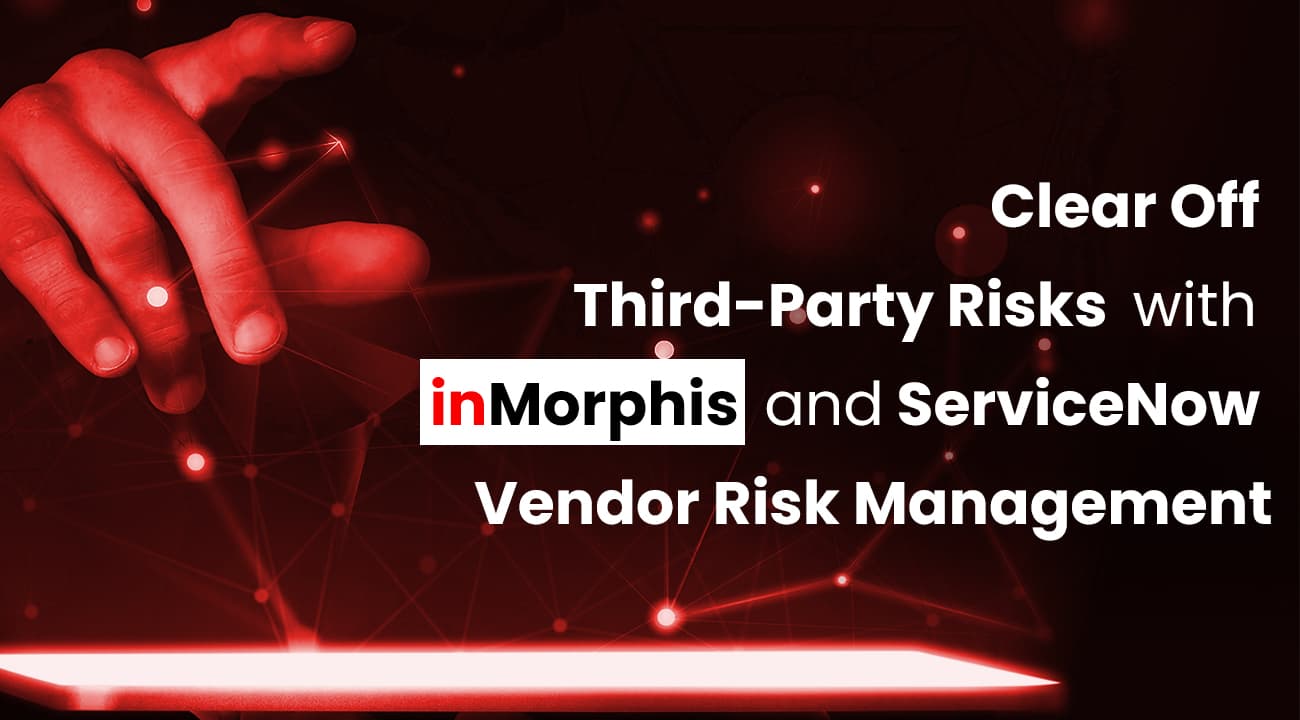In today’s world, where businesses are quickly transforming and becoming exceedingly competitive, no company can operate in silos and require a global footprint. It is immaterial how large or small an organization is; there is always a need for trusted vendors or third-party agents to help run the business. With the inclusion of vendors comes to the inherent risk of being associated with them. Vendors may be required for providing raw material, logistics, security, infrastructure, resource, legal advice, catering, or cleaning. There are some vendors on which businesses heavily rely, and their reputation is closely linked with them. These vendors can be critical, and they need to be duly assessed during onboarding and for year-on-year services. To understand the risk associated with a vendor, there are various vendor assessment modules ServiceNow offers.
Key Features of ServiceNow VRM
ServiceNow has a powerful Vendor Risk Management (VRM) module that has been crafted with years of experience and feedback received from across the industry.
-
1.The module provides users with the capability to build vendor portfolio, perform tiering and assessments, raise issues/tasks, which vendor can answer via their portal and integrate third-party scores.
-
2. Manages tiering of third parties to determine assessment frequencies along with defining the scope of questions.
-
3. Monitoring framework that helps to supplement risk assessment data.
-
4. Connects and collaborates with all the vendors at one place named as supplier portal for all exchanges.
-
5. VRM can create third-party hierarchies and define a parent-child relationship to appropriately represent and assess subsidiaries.
-

Read Artcile: GRC & Its Statistical Importance for Organization
Comprehensive Approach to Gain Control Over Third-Party Risks
-
1. A low-cost-no-cost solution provides you with a tool that can be tailor-made to suit your vendor management requirements. The device can be integrated through security score providers, such as BitSight, to provide additional reliability to the vendor risk assessments.
-
2. Vendor hierarchy can be a built-in system, so a child vendor or subsidiary of a vendor can also be added.
-
3. Vendor assessments can be performed based on the type of engagements, whether geographic or based on the kind of services provided.
-
4. Users also get the audit log to see the changes that have been done for any record.
Read More: Complete Guidelines to Setup Vendor Risk Management Program
inMorphis’ Unique Approach
-
1. Specialized and certified people are working on vendor risk management modules.
-
2. Integration- inMorphis + ServiceNow VRM manages all your third-party performance and risk in one place by using vendor Risk Manager Workspace Integration.
-
3. GRC Integration - Integrate VRM with other applications of the GRC portfolio to provide an extended view of enterprise risks.
-
4. Elimination of spreadsheets by deploying a single database of third-party product info.
-
5. SSO (Single Sign-On) - Provides improved security for third-party contact lists along with effortless authenticating rights to the supplier portal.
Read More: Top 5 Benefits of partnering with ServiceNow partners
Read More: Skills required for servicenow developer
inMorphis + ServiceNow VRM Creating Breakthroughs for Businesses
-
1. Improves visibility across the third-party ecosystem by providing the capacity to visualize the status of assessments, issues, and tasks.
-
2. Gives organizations the power of making informed decisions by giving them the capability of continuous monitoring and assessments to identify emerging risks.
-
3. It boosts efficiency by automating processes and workflows.
-
4. Each engagement should be evaluated based on many risk factors such as bankruptcy, delivery, and security.
-
5. Automate issues generation and design remediation plans.
-
6. Manage risks across the organization by providing an overall view of risks, including third-party risk scores and IRM portfolio integrations.



